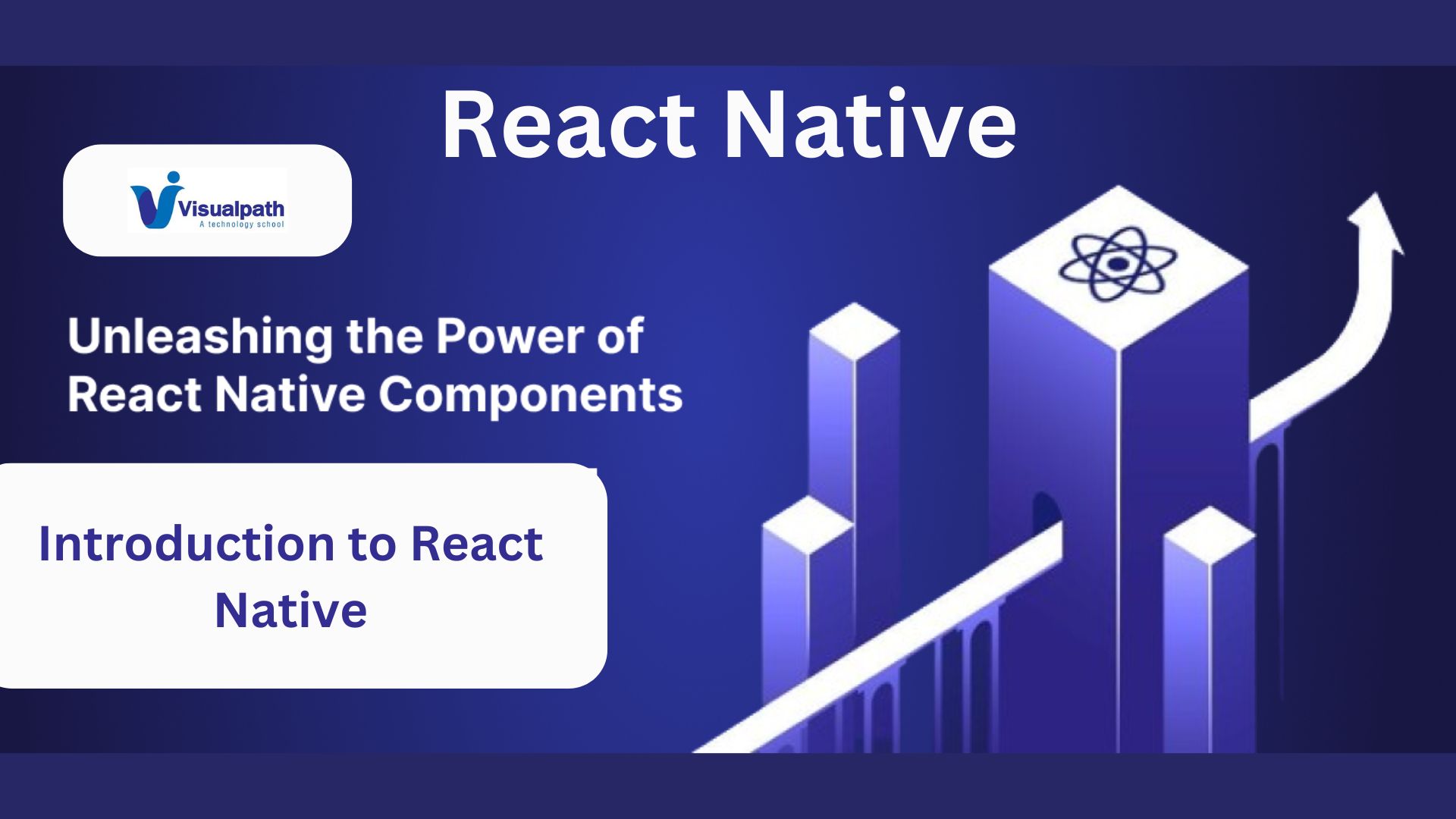React Native has revolutionized mobile app development by enabling developers to use the same React framework for building applications across both iOS and Android platforms. This framework leverages JavaScript and React, providing a robust ecosystem for creating native mobile apps with familiar web development techniques. React Native Training
Key Techniques and Components
1. Components React Native revolves around components, which are the building blocks of the UI. Components can be simple, like buttons or text inputs, or complex, like entire screens or navigation systems. Each component manages its own state, which simplifies development and enhances reusability.
2. Styling: Styling in React Native uses a combination of inline styles (similar to CSS) and JavaScript. This approach allows for responsive design and platform-specific adjustments, ensuring apps look native on both iOS and Android devices. React Native Course in Hyderabad
3. Navigation: Navigation between screens is crucial for mobile apps. React Native provides navigation libraries like React Navigation, which offer seamless transitions between different parts of the application.
4. State Management: State management ensures that components update correctly in response to user actions or data changes. React Native supports state management tools such as Redux or Context API, maintaining a consistent state across the app.
Headlines in React Native Development
- Cross-Platform Compatibility
- Write once, run anywhere—React Native’s ability to compile to native code for both iOS and Android saves development time and resources. React Native Training Online
- Community and Ecosystem
- React Native benefits from a vast community and extensive libraries, plugins, and tools, accelerating development and troubleshooting.
- Performance Optimization
Through native module integrations and performance profiling tools, React Native apps can achieve near-native performance, crucial for demanding applications.
Additional Points
React Native’s popularity continues to grow due to its efficiency and developer-friendly approach. It enables rapid prototyping, facilitates code sharing between platforms, and supports gradual migration from existing apps. Companies like Facebook, Instagram, and Airbnb have adopted React Native for their mobile applications, underscoring its robustness and scalability. React Native Training in Hyderabad
In conclusion
React Native empowers developers to build high-quality mobile apps efficiently, leveraging JavaScript and Reacts strengths. By focusing on reusable components, flexible styling, and efficient state management, React Native remains a top choice for cross-platform mobile development. This framework not only streamlines development but also ensures apps meet the performance and usability expectations of modern mobile users.
Visualpath provides Best React Native Online Training in Hyderabad. Live Instructor-Led Online Classes delivered by experts from Our Industry. Get Real-time exposure of the technology. All the class recordings, presentations will be shared with you for reference.
Free Demo
Call & WhatsApp +91-9989971070
whatsApp:https://www.whatsapp.com/catalog/917032290546/
Visit: https://visualpath.in/react-native-online-training.html


